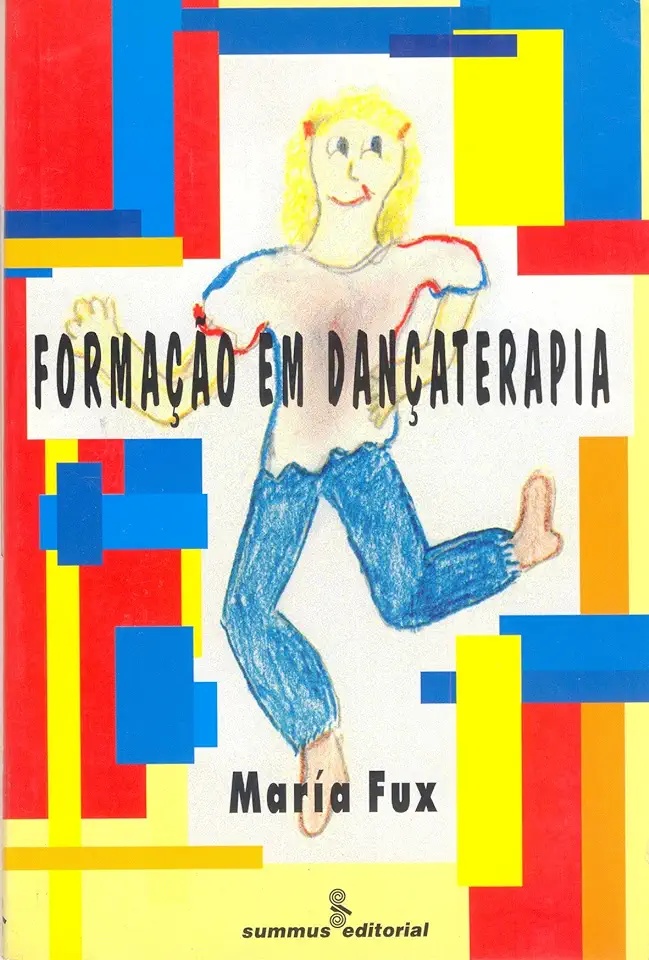
Dance Therapy Training - Maria Fux
Dance Therapy Training: A Comprehensive Guide for Therapists, Educators, and Students
Introduction
Dance therapy is a powerful form of psychotherapy that uses movement and dance to promote emotional, physical, and mental well-being. In this comprehensive guide, Maria Fux, a leading expert in the field, provides a thorough overview of dance therapy training, from its history and theoretical foundations to practical techniques and applications.
History and Theoretical Foundations of Dance Therapy
Fux begins by exploring the historical roots of dance therapy, tracing its origins from ancient healing rituals to the pioneering work of modern dance pioneers such as Isadora Duncan and Ruth St. Denis. She then discusses the various theoretical frameworks that inform dance therapy practice, including psychodynamic, humanistic, and transpersonal approaches.
Dance Therapy Techniques and Applications
The heart of the book is Fux's detailed exploration of dance therapy techniques and applications. She provides step-by-step instructions for a wide range of dance therapy interventions, including:
- Movement improvisation: Encouraging clients to move freely and spontaneously to express their emotions and experiences.
- Choreography: Using structured dance sequences to help clients explore specific themes or issues.
- Contact improvisation: Engaging in physical contact with another person to promote trust, intimacy, and self-awareness.
- Dance journaling: Using dance as a tool for self-reflection and personal growth.
Fux also discusses the use of dance therapy in various settings, such as hospitals, schools, and community centers, and with different populations, including children, adolescents, adults, and older adults.
Training and Education in Dance Therapy
Fux concludes the book with a comprehensive overview of training and education in dance therapy. She provides information on accredited dance therapy programs, continuing education opportunities, and professional development resources. She also offers advice on how to choose a dance therapist and how to get started in the field.
Conclusion
Dance Therapy Training is an essential resource for anyone interested in learning more about this powerful form of psychotherapy. With its comprehensive coverage of history, theory, techniques, and applications, this book is a must-have for therapists, educators, and students alike.
Benefits of Dance Therapy
Dance therapy offers a number of benefits for both physical and mental health, including:
- Reduced stress and anxiety: Dance therapy can help to reduce stress and anxiety by providing a safe and supportive environment for self-expression.
- Improved mood: Dance therapy can help to improve mood by releasing endorphins, which have mood-boosting effects.
- Enhanced self-awareness: Dance therapy can help clients to become more aware of their bodies, emotions, and thoughts.
- Increased body confidence: Dance therapy can help clients to develop a more positive body image and feel more confident in their bodies.
- Improved social skills: Dance therapy can help clients to develop social skills by encouraging them to interact with others in a non-verbal way.
- Reduced pain: Dance therapy can help to reduce pain by improving circulation and flexibility.
- Improved balance and coordination: Dance therapy can help to improve balance and coordination by strengthening muscles and joints.
Who Can Benefit from Dance Therapy?
Dance therapy can benefit people of all ages and abilities. It is particularly helpful for people who are struggling with:
- Mental health issues: Dance therapy can help people with mental health issues such as depression, anxiety, and trauma.
- Physical health issues: Dance therapy can help people with physical health issues such as chronic pain, arthritis, and cancer.
- Developmental disabilities: Dance therapy can help people with developmental disabilities such as autism and Down syndrome.
- Social challenges: Dance therapy can help people with social challenges such as shyness and isolation.
How to Find a Dance Therapist
If you are interested in trying dance therapy, there are a few things you can do to find a qualified dance therapist:
- Ask your doctor or mental health professional for a referral.
- Contact your local dance therapy association.
- Search online for dance therapists in your area.
When you are interviewing dance therapists, be sure to ask about their training, experience, and approach to dance therapy. You should also make sure that you feel comfortable with the therapist and that you are confident in their ability to help you.
Conclusion
Dance therapy is a powerful form of psychotherapy that can offer a number of benefits for both physical and mental health. If you are interested in learning more about dance therapy, I encourage you to read Dance Therapy Training: A Comprehensive Guide for Therapists, Educators, and Students. This book will provide you with the information you need to get started in this rewarding field.